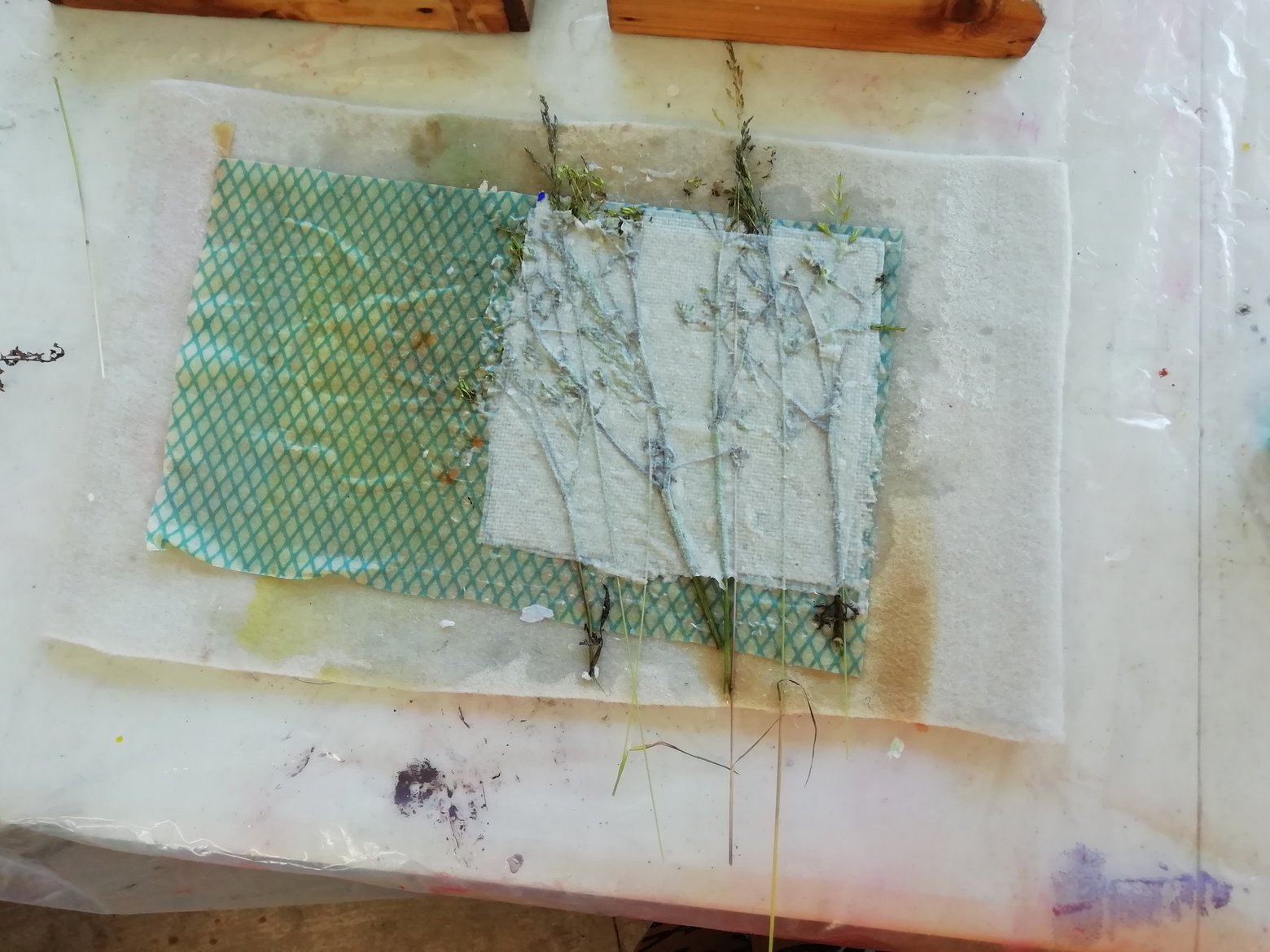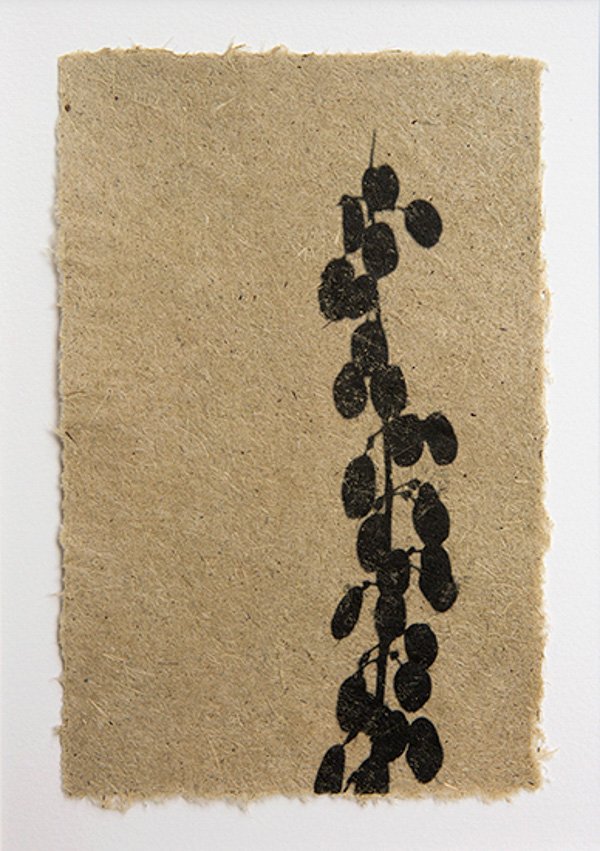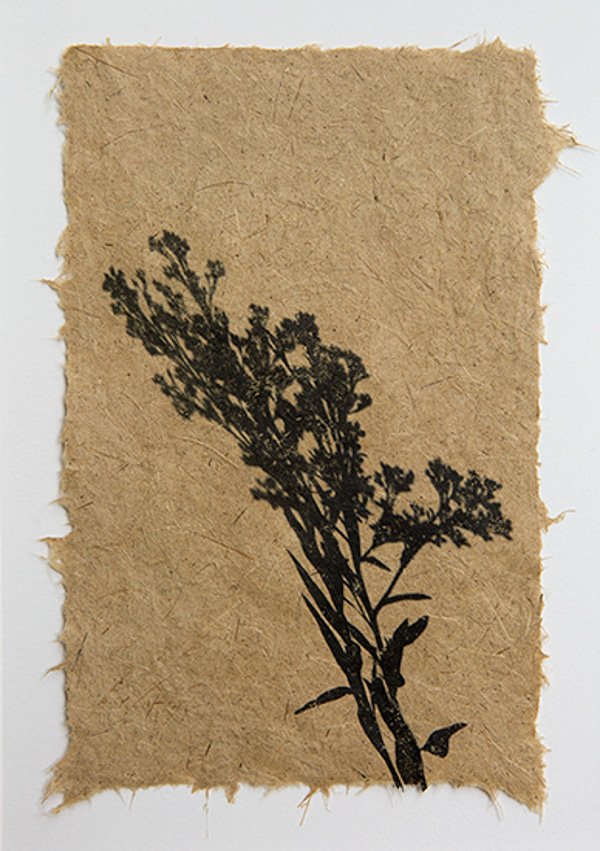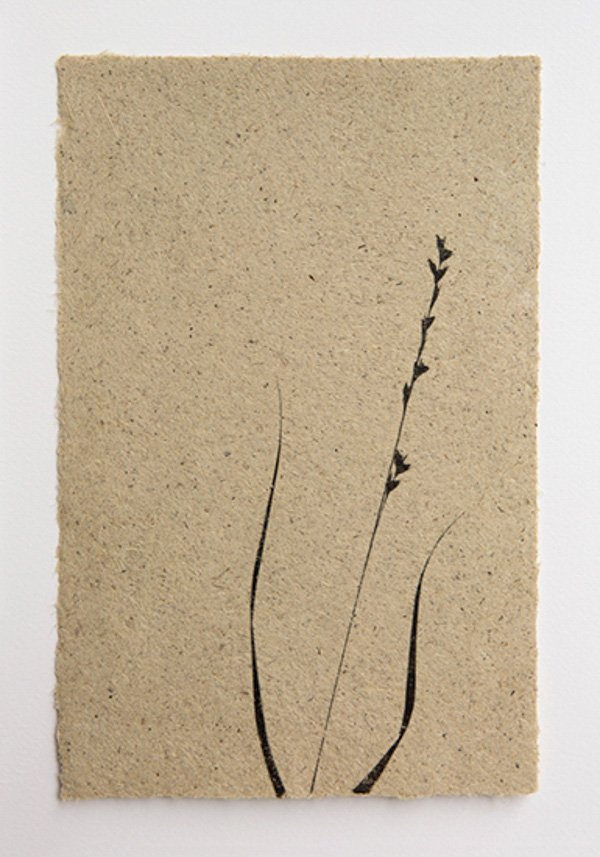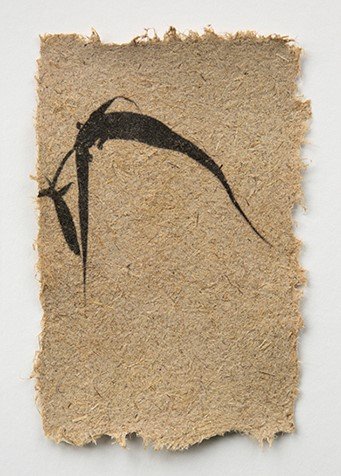learning in, with and through art
Continuing my immediate thinking about climate change and art, I wanted to share three interrelated things today…
one) a paper that helpfully explores ways of connecting art with climate change learning.
two) some of my own explorations with papermaking, holding Strumpshaw Fen in focus.
three) a papermaking artist exploring climate change in her work.
One
Bentz (2020) argues that the arts and humanities remain an untapped or underutilized potential approach to addressing climate change with children and young people. She offers a relatively short paper, very readable, making good use of case study examples, but the most useful thing that I drew from it was the ‘in, with, through’ framework for using art in climate change engagement and education. In sharing examples of learning about climate change in, with and through art, she concludes that art has a central place in climate change education, offering greater depth of learning, transformative potential, and accounting for the importance of personal experience in generating agency.
Bentz, J. Learning about climate change in, with and through art. Climatic Change 162, 1595–1612 (2020). https://doi.org/10.1007/s10584-020-02804-4
Two
(With thanks to ArtPocket and tutor Rachel Birchall: https://www.artpocket.co.uk/ )
Before venturing to Strumpshaw Fen last Friday I had already considered an evening papermaking session at a local art studio for this following week. So it was with a certain amount of serendipity that I went ahead and booked myself onto it, and found myself venturing into the class with the notion of using the process as a way of exploring the places and spaces of the fen.
Knowing that I was going to be using grasses, seeds and natural materials to add to my paper, I researched grasses a little beforehand, mindful that this is an area in which I have very minimal knowledge. I have learned that there are over 10,000 grass species, and that sedges have three-sides to their stems, giving us a popular botany adage to remember ‘sedges have edges’. I wish I had had time to gather natural materials from the fen itself before the session, but in the absence of these, I made use of those supplied by the tutor, gravitating to those which simply reminded me of the feel of the fen when I was there.
Papermaking itself is a relaxing and meditative process. The use of natural materials carries a mindfulness element through which you cannot help but become absorbed by and immersed in the everyday wonders of our natural world.
Whilst I am aware this was a short foray into the potential of the medium for communicating something about the fen, it feels like a positive start, and that there is more to come…
Three
Last but not least, in a further search for connections, I am sharing the work of Jane Kramer, a fine art and documentary photographer. Jane’s current project is Foreshadowing - Endangered & Threatened Plant Species. For this series, she is photographing the shadows of endangered and threatened plant species in Michigan and transferring the images onto paper she made from invasive plant species. I could enthuse more, but I will simply leave you with the images, as the works speak for themselves…
Images courtesy of Paperslurry: https://www.paperslurry.com/2017/02/23/art-handmade-paper-invasive-plants-new-photographs-by-jane-kramer/#more-2693



